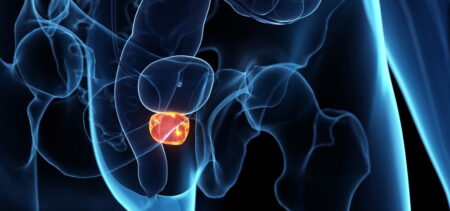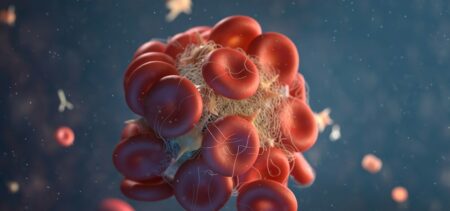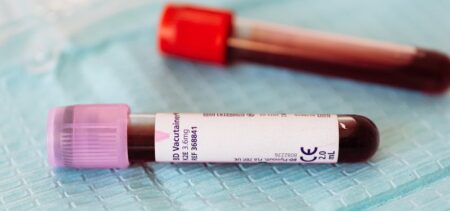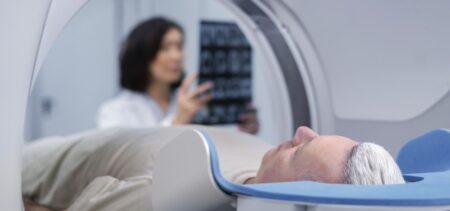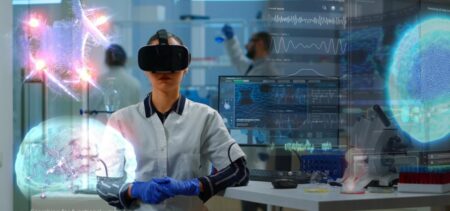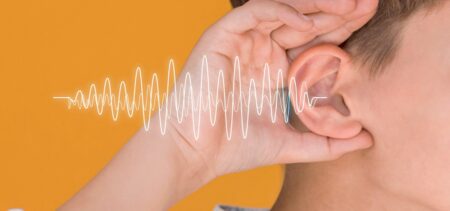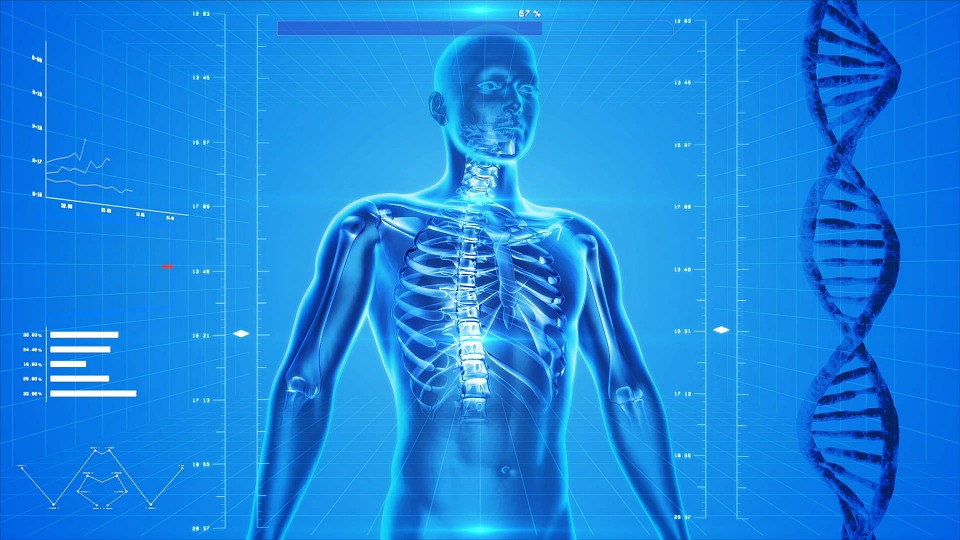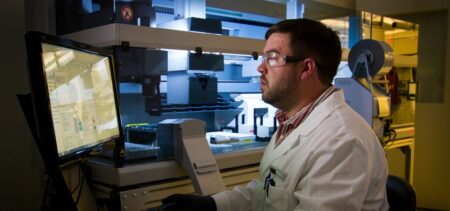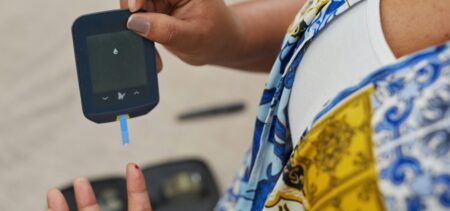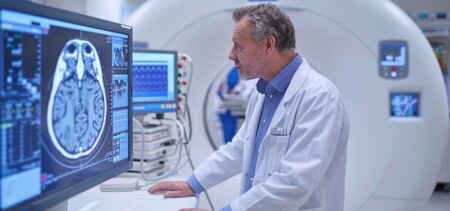Early warning systems–such as the popular Modified Early Warning System (MEWS) used in many hospitals–form one of the first waves in the ocean of analytics we need to wash over our health care system. Eventually, health care will elegantly integrate medical device output, electronic patient records, research findings, software algorithms, and–yes, let us not forget–the clinician’s expertise in a timely intervention into patient care. Because early warning systems are more mature than many of the analytics that researchers are currently trying out, it’s useful to look at advances in early warning to see trends that can benefit the rest of health care as well.
I talked this week to Susan Niemeier, Chief Nursing Officer at CapsuleTech, a provider of medical device integration solutions. They sell (among other things) a bedside mobile clinical computer called the Neuron that collects, displays, and sends to the electronic medical record vital signs from medical devices: temperature, pulse, respiration, pulse oximetry, and so on. A recent enhancement called the Early Warning Scoring System (EWSS) adds an extra level of analytics that, according to Niemeier, can identify subtle signs of patient deterioration well before a critical event. It’s part of Capsule’s overarching aim to enable hospitals to do more with the massive amount of data generated by devices.






